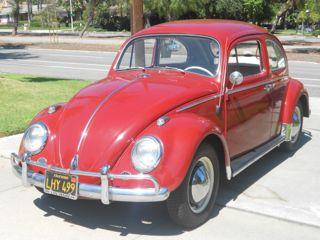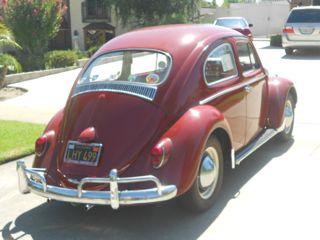Results 171 to 180 of 183
Thread: Your First Car!
Threaded View
-
12-30-2012, 08:49 PM #1Historically Inquisitive



- Join Date
- Aug 2011
- Location
- Upstate New York
- Posts
- 5,782
- Blog Entries
- 1
Thanked: 4249 Your First Car!
Your First Car!
I was thinking with having members all over the place that his could be an interesting thread, showing off your first car, even better if you have a pic. That said here's mine!
1963 VW bettle, 1200 engine, 6 volt electrical system, great running car but living in the norteast perhaps not the best vehicle in winter time with barely any heat, no fan no defrost, but it worked fine for a few years.


The pics are not my actual car but it looked exactly the same i found these on google images.Last edited by Martin103; 12-30-2012 at 08:54 PM.


 380Likes
380Likes LinkBack URL
LinkBack URL About LinkBacks
About LinkBacks






 Reply With Quote
Reply With Quote